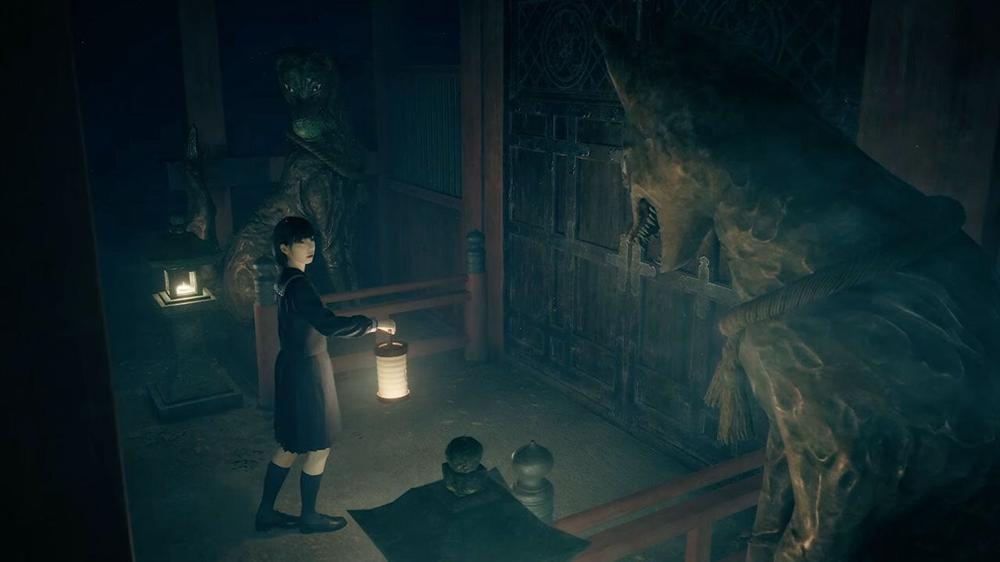Ancient rituals and customs often leave behind obvious archaeological evidence. From the impeccably preserved mummies of Egypt to psychoactive substance residue that remained at the bottom of a clay vessel for thousands of years, it seems as if some remnants of the past, even if not all are immediately visible, have defied the ravages of time.
Chewing betel nuts is a cultural practice in parts of Southeast Asia. When chewed, these reddish nuts, which are the fruit of the areca palm, release psychoactive compounds that heighten alertness and energy, promote feelings of euphoria, and help with relaxation. They are usually wrapped in betel leaves with lime paste made from powdered shells or corals, depending on the region.
Critically, the ancient teeth from betel nut chewers are distinguishable because of red staining. So when archaeologist Piyawit Moonkham, of Chiang Mai University in Thailand, unearthed 4,000-year-old skeletons from the Bronze Age burial site of Nong Ratchawat, the lack of telltale red stains appeared to indicate that the individuals they belonged to were not chewers of betel nuts.
Yet when he sampled plaque from the teeth, he found that several of the teeth from one individual contained compounds found in betel nuts. This invisible evidence could indicate teeth cleaning practices had gotten rid of the color or that there were alternate methods of consumption.
“We found that these mineralized plaque deposits preserve multiple microscopic and biomolecular indicators,” Moonkham said in a study recently published in Frontiers. “This initial research suggested the detection potential for other psychoactive plant compounds.”
Since time immemorial
Betel nut chewing has been practiced in Thailand for at least 9,000 years. During the Lanna Kingdom, which began in the 13th century, teeth stained from betel chewing were considered a sign of beauty. While the practice is fading, it is still a part of some religious ceremonies, traditional medicine, and recreational gatherings, especially among certain ethnic minorities and people living in rural areas.
Archaeologists have mostly found evidence for betel nut chewing in ancient times through easily visible stains and fragments of betel leaves and nuts in teeth. In an unprecedented investigation, Moonkham and his research team decided to look for biological traces of betel nuts in dental plaque. Going off previous research into ancient dental plaque for other purposes, he knew that plaque can illustrate more about the lives of people in past civilizations, revealing what they consumed as well as their health at the time of death.
Although 156 ancient human burials have been found at Nong Ratchawat, not many studies have checked them for bioarchaeological evidence, and the few that have were focused on health and disease.
For the new study, the researchers sampled plaque from six individuals with mostly unstained teeth. These included back teeth, such as molars and premolars, as well as more frontal incisors and canines. They then created different combinations of betel nuts, leaves, and lime paste, some including black catechu bark or tobacco to reflect local customs. Each was then ground with a mortar and pestle with some human saliva added to simulate the chewed end product.
Invisible evidence
After betel nuts were artificially “chewed,” chemicals were extracted from the mixture. The betel leaves and lime paste chewed with betel nuts have a purpose: Psychoactive compounds in betel nuts become more potent when lime paste creates an alkaline environment in the mouth. And it is thought that betel leaf helps with the absorption of these compounds.
Moonkham compared chemical signatures in the reference samples to those in archaeological samples of plaque. Because chewing tobacco with betel nuts is more of a modern practice, its absence from the archaeological samples was expected. Traces of arecoline, a stimulant exclusively found in betel nuts, were present in all the reference samples and in three archaeological samples that came from the unstained teeth of a woman. Though the evidence of arecoline in the ancient samples was fragmented by degradation over time, its chemical formula and molecular weight were enough to identify it.
In the teeth of the same woman, the researchers discovered signals from another psychoactive compound, arecaidine, which arecoline is converted into with the addition of lime. This woman’s teeth suggest that she was the only individual studied who had chewed betel nuts.
Why there was only one individual who showed evidence of betel nut chewing is still a mystery. She stands out further because she was also buried with distinctive clay vessels and stone beads, something rare at Nong Ratchawat. It is unknown whether these have any relation to social status. If anything, it goes against the previously discovered trend of stained teeth being found in more male than female burials.
What the evidence does prove is that betel nut chewing was practiced by at least some people in Bronze Age Thailand, adding to other, often more visible ancient evidence of the practice across Southeast Asia.
“Significant potential exists for additional biomolecular analysis of [plaque] from the remaining individuals,” the researchers wrote. “Future ethnoarchaeological research will examine sociocultural aspects of psychoactive plant utilization, gender and age consumption patterns, and the evolving social and cultural roles of these practices among various Thai and Southeast Asian communities.”
Frontiers in Environmental Archaeology, 2025. DOI: 10.3389/fearc.2025.1622935

 The Onion Film Standard: Top Gun
The Onion Film Standard: Top Gun